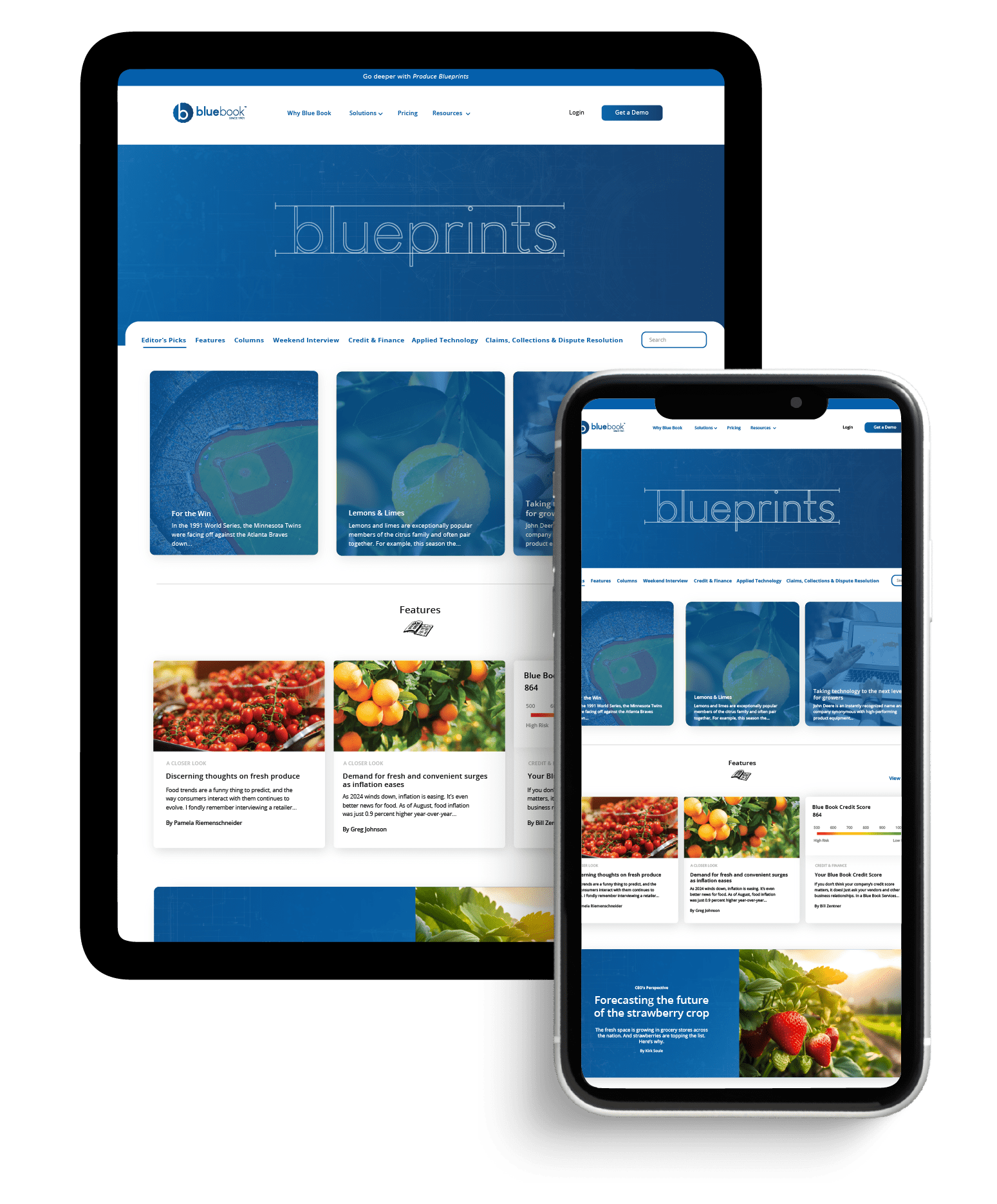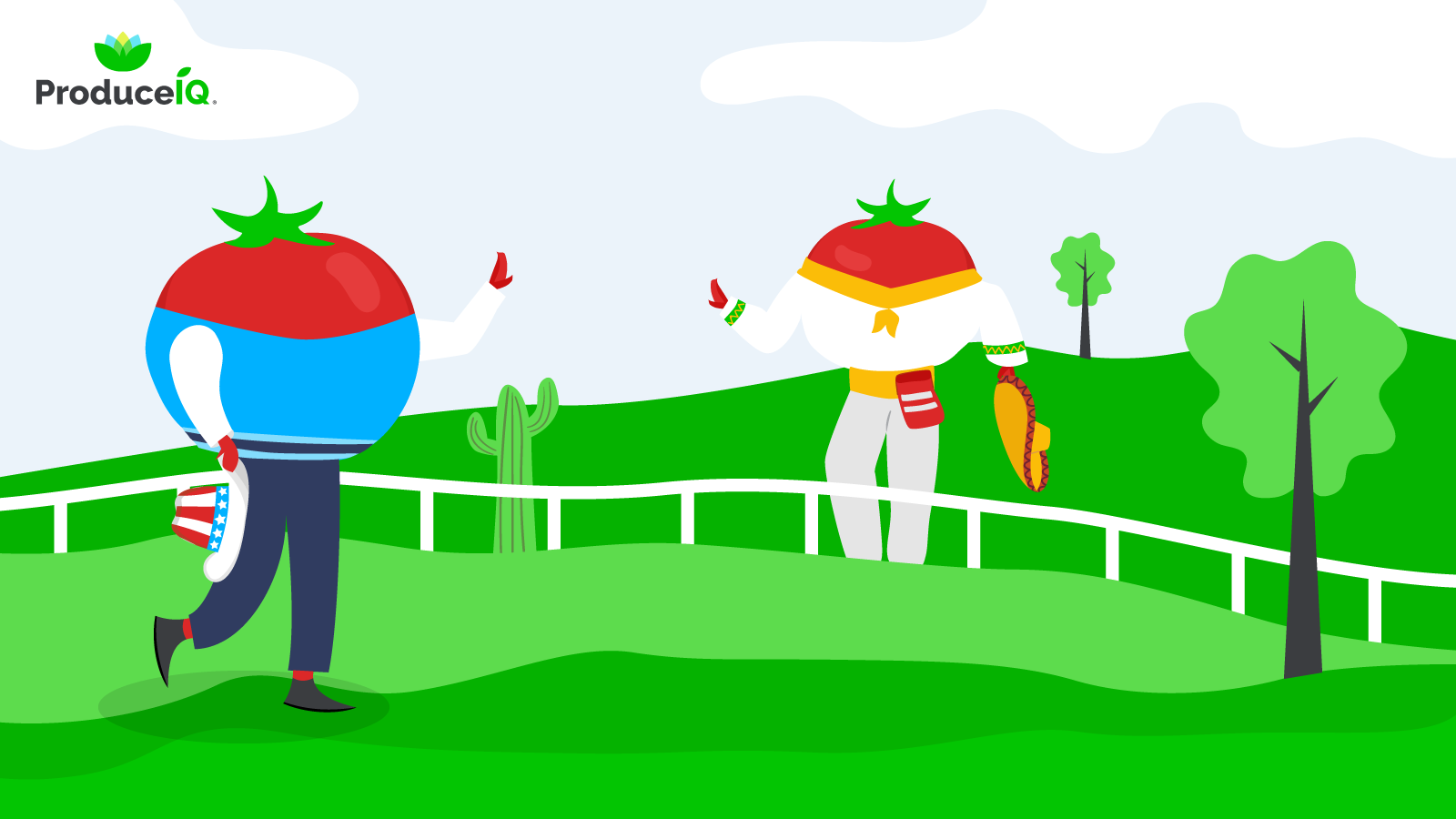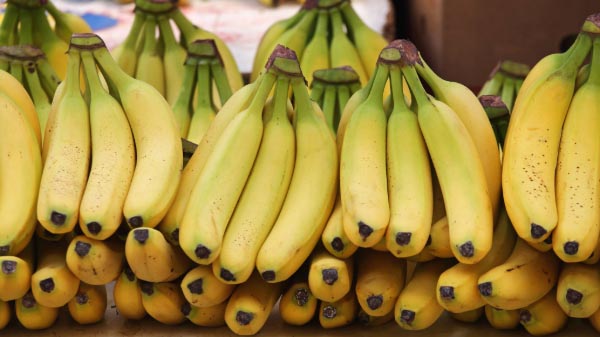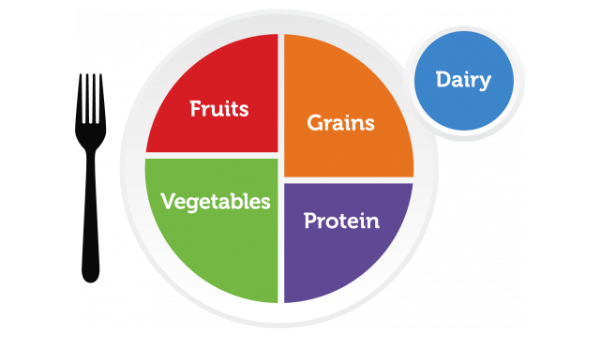Welcome to Blue Book!
Are you ready to join the thousands of companies who rely on Blue Book to drive smarter decisions? View our plans and get started today!
Still have questions? We’d love to show you what Blue Book can do for you. Drop us a line– we’ve been waiting for you.
In line with trends for week #9, Index prices are plummeting thanks to increased supply. Mexico is in full winter production at this time of year.
Record high volume of high-value import commodities, such as table grapes, are pushing the ProduceIQ Index lower than last year’s record high prices. However, overall, prices are still well above average for week #9 compared to the historical average.
The possibility of tariffs on products from Mexico and Canada, set to go into effect on March 4th, exacerbates the price uncertainty. Unfortunately, with President Trump, it is nearly impossible to predict the future, and it’s more prudent to put energy into preparing for multiple outcomes.
The tariffs are paid by the importers and will disadvantage Mexico, which supplies the majority of fresh produce to the U.S. at this time of year. Across the board, industry leaders believe that, in the long term, tariffs on Mexico and Canada will stoke U.S. food inflation as importers, and the rest of the food supply chain, pass along this new cost to the consumer. Short-term price impacts of tariffs will be felt in commodities that rely more heavily on Mexico and the spot market (versus contracts).
ProduceIQ Index: $1.12/pound, – down 7.4 percent over prior week
Week #9, ending February 28th
Blue Book has teamed with ProduceIQ BB #:368175 to bring the ProduceIQ Index to its readers. The index provides a produce industry price benchmark using 40 top commodities to provide data for decision making.
After a week of above-average temperatures in the West, growers welcome a return to normalcy. Seasonal weather will provide relief to Western growers who battled rain, cold, wind, and then heat over the last few weeks.
This week, growers on the East Coast will get a lingering taste of winter in the form of a cold front. The front will bring very chilly morning temperatures to growers in Georgia and the Carolinas early in the week before heating up again by Wednesday. The front may slow the growth of Spring crops that have been planted but isn’t expected to cause significant damage to production in the Southeast.
As Spring brings warmer weather to much of the U.S., lettuce and leaf growers in the desert enter a period marked by price volatility. Prices for romaine and iceberg are well below average for week #9. However, prices are anticipated to rise over the next few weeks as heat and increased insect pressure affect yields and quality.
Spinach prices, on the other hand, are at a ten-year high due to low yields.
Spinach prices remain at record levels during a season that is normally abundant.
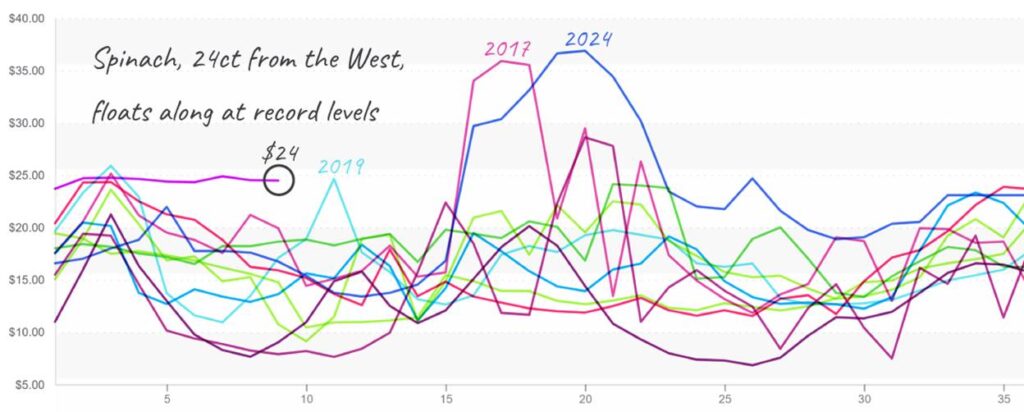
Pineapple prices stubbornly refuse to yield as supply languishes. Averaging $14, pineapple prices are at a ten-year high by a significant margin. Supply is forecasted to improve by mid-May with help from increased supply from Costa Rica and Mexico. In the meantime, smaller-sized fruit can provide some relief to buyers looking for better deals.
Pineapple, 6ct, prices start and continue at record levels during 2025.
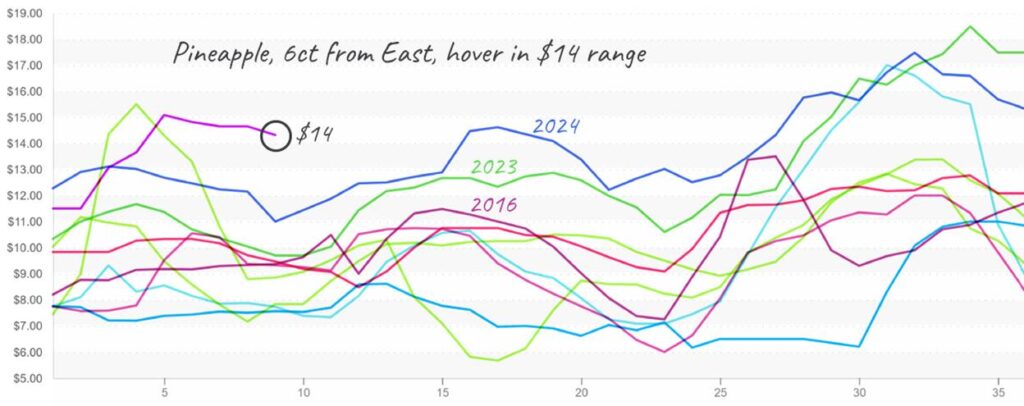
Strawberry prices plummet, down -21 percent over the previous week. Mexico is still producing strong volume as supply from growers in Florida and California simultaneously increases. The recent rain in California and Florida has left some fruit with quality issues, but overall growers are optimistic that supply and quality will only improve through March.
Strawberry prices, $14, are off from $20 last year and likely to fall further.
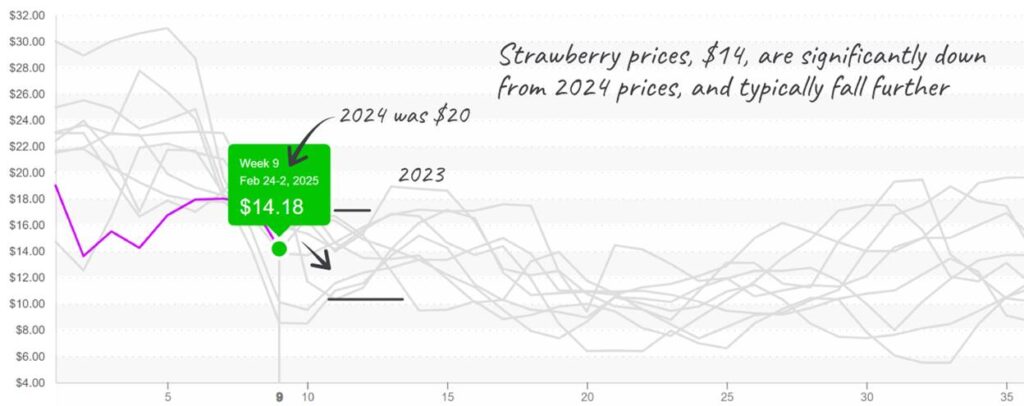
Please visit our website to discover how our online tools can save time and expand your reach.
ProduceIQ is an online toolset designed to improve the produce trading process for buyers and suppliers. We save you time, expand your opportunities, and provide valuable information to increase your profits.
ProduceIQ Index
The ProduceIQ Index is the fresh produce industry’s only shipping point price index. It represents the industry-wide price per pound at the location of packing for domestic produce and at the port of U.S. entry for imported produce.
ProduceIQ uses 40 top commodities to represent the industry. The Index weights each commodity dynamically, by season, as a function of the weekly 5-year rolling average Sales. Sales are calculated using the USDA’s Agricultural Marketing Service for movement and price data. The Index serves as a fair benchmark for industry price performance.


